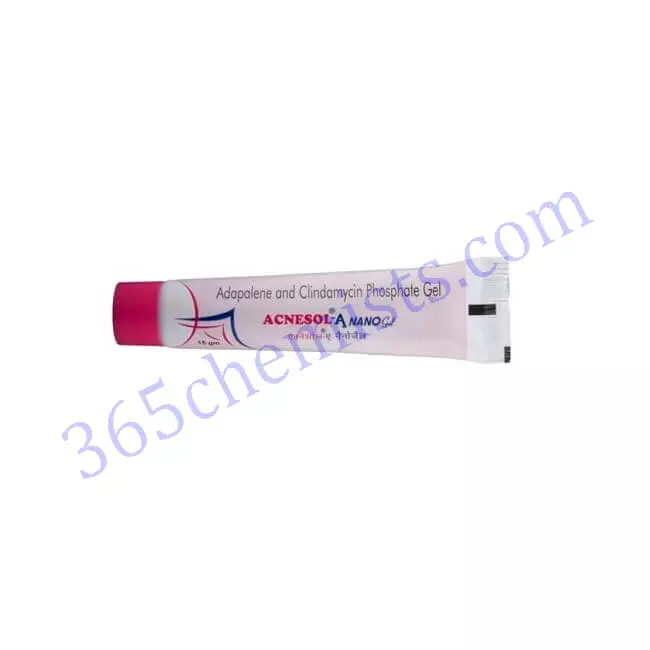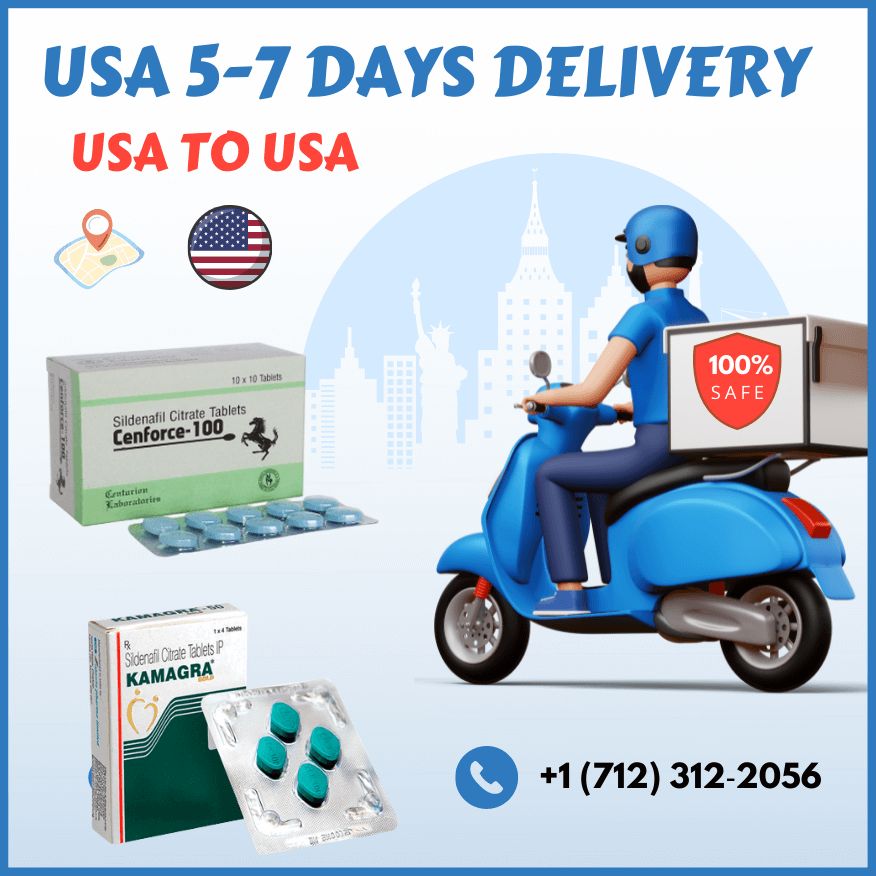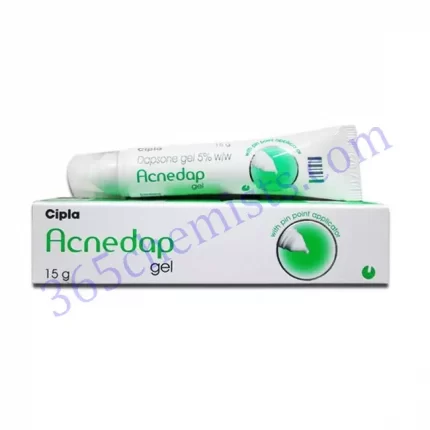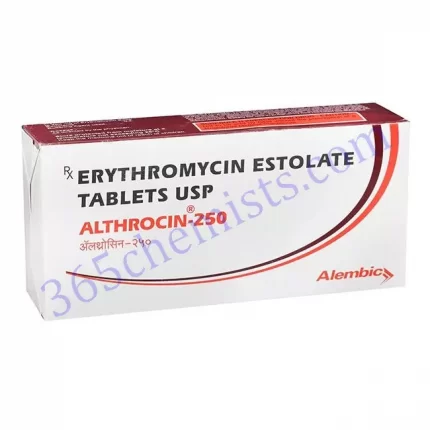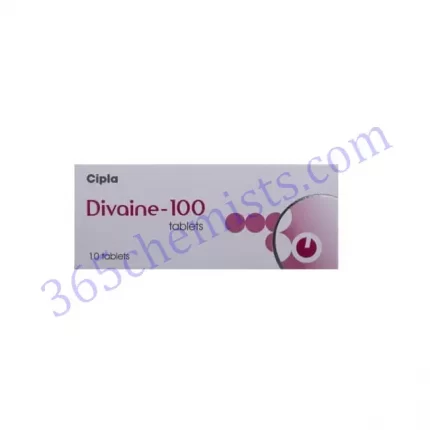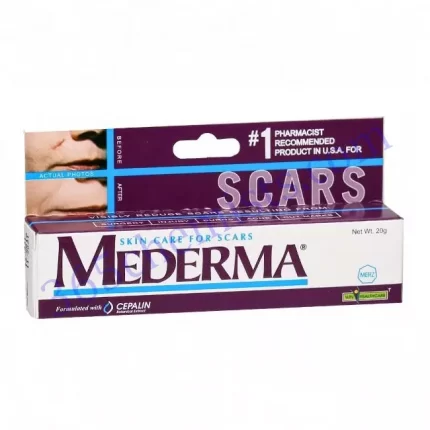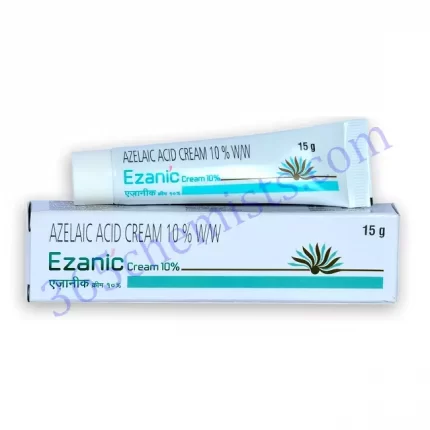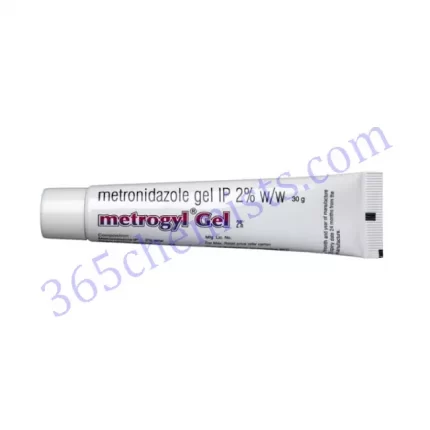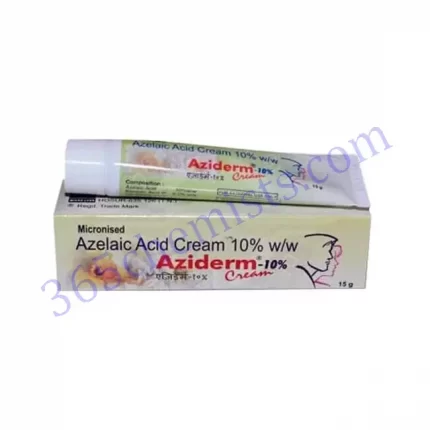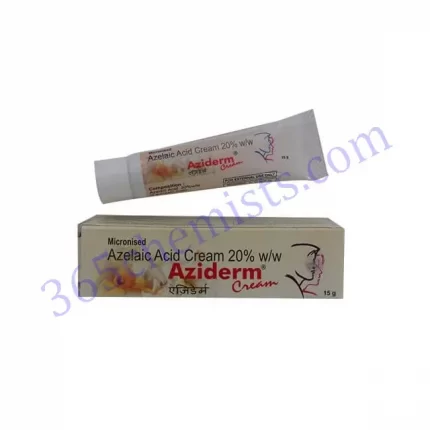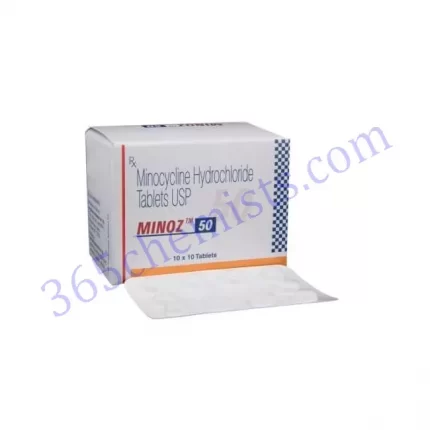Overview
A topical drug called Acnesol A Nano Gel is used to treat acne. Adapalene 0.1% and Clindamycin 1%, two of the product’s active ingredients, combine to target several aspects of acne production and aid to improve the state of the skin.
How it Works
A retinoid derivative called adapalene helps control cell turnover and reduce pore plugging, which is a common cause of acne. Additionally, it possesses anti-inflammatory qualities that lessen the redness and swelling brought on by acne outbreaks. An antibiotic called clindamycin aids in preventing the development of germs that cause acne.
Usage Instructions
Every day, particularly in the evening, clean, dry skin should receive one application of Acnesol ANano Gel. Start with a little gel and gently massage the affected regions with it. Avoid getting any of it in your mouth, eyes, or mucous membranes. It’s crucial to adhere to your healthcare provider’s or a product’s label’s instructions.
Treatment Duration Subheading
Depending on the severity of the acne and each patient’s response, the Acnesol Nano Gel treatment course may last a different amount of time. It is advised to use the gel consistently for a few weeks before noticing any changes. Even if your acne symptoms become better, you should still use the medicine as prescribed to maintain your results and stop more outbreaks.
Potential Side Effects
Acnesol A Nano Gel may have side effects, just like other drug. Dryness, redness, peeling, and mild skin irritation are typical side effects. Typically, these adverse effects are minor and transient. However, stop using immediately and seek medical advice if you encounter serious or persistent negative effects.
Related Products
Acnesol 1% solution
Acnesol A Nano Gel
ACNESOL GEL 1%
Acnesol-NC Gel
Precautions and Warnings
Inform your healthcare provider about any allergies, conditions, or drugs you are taking prior to using Acnesol A Nano Gel. Without first consulting your doctor, avoid using any additional topical treatments or drugs that may interact with Acnesol A Nano Gel. While using this medication, it’s crucial to apply sunscreen and protect your skin from too much sun.
1.Precautions
- If you are allergic to Adapalene or Clindamycin, two of Acnesol Nano Gel’s active ingredients, stay away from it.
To prevent any drug interactions, let your doctor know about any additional prescriptions you are taking, including over-the-counter medicines and herbal supplements. - Applying sunscreen and wearing protective clothing when outside is advised since Acnesol ANano Gel could make your skin more sensitive to sunlight.
Before using Acnesol A Nano Gel, speak with your healthcare physician if you have a history of digestive problems or colitis.
2. Common Side Effects
- Mild skin irritation, redness, or dryness at the application site are common side effects of Acnesol Nano Gel. These usually subside as your skin adjusts to the medication.
- If these side effects persist or worsen, or if you experience severe skin irritation, swelling, or allergic reactions, discontinue use and consult your healthcare provider.
Frequently Asked Questions (FAQs)
Following are some of the most typical queries regarding Acnesol A Nano Gel:
1. How long does Acnesol A Nano Gel take to produce results?
The length of time it takes for Acnesol A Nano Gel to produce noticeable results varies from person to person. Generally speaking, it may take a few weeks of consistent application to see a discernible difference in the severity of acne breakouts and the general health of the skin. When utilising this drug, consistency and patience are essential.
2. Can I use Acnesol A Nano Gel while I’m nursing or when I’m pregnant?
If you are pregnant or nursing, it’s crucial to talk to your doctor before taking Acnesol ANano Gel. Based on your unique situation, they can evaluate the potential risks and rewards and offer suitable advice.
3. Can I use Acnesol A Nano Gel in conjunction with other skincare products?
It is advised to speak with your doctor before using any additional topical products or drugs with Acnesol NanoGel in order to prevent potential interactions or severe skin irritability. Based on your skincare requirements, they can make compatible product recommendations or offer detailed instructions.
4. What should I do if Acnesol A Nano Gel accidently gets in my mouth or eyes?
In the event of accidental contact, thoroughly rinse with water. Seek medical treatment if you feel any discomfort or irritation. When applying the gel, it’s crucial to prevent getting any on your mucous membranes, eyes, or mouth.
5. Aside from acne, what other skin issues can I treat with Acnesol A Nano Gel?
Since acne is its only intended use, Acnesol ANano Gel might not be appropriate for treating other skin issues. It is crucial to take the medication as prescribed and speak with your doctor about the best course of action for any further skin issues.
Conclusion
Adapalene and Clindamycin are used to effectively treat distinct components of acne production in Acnesol A Nano Gel, a topical acne treatment. It enhances the general health of the skin by assisting in the reduction of acne outbreaks, irritation, and clogged pores. Be mindful of any potential adverse effects and take all precautions recommended by the product label or your healthcare practitioner. Consult your healthcare professional if you have any questions or concerns about Acnesol A Nano Gel for more information.Combination medicine Acnesol Nano Gel provides Clindamycin and Adapalene advantages topically. Targeting numerous elements involved in acne production, it is an efficient acne therapy. You can use Acnesol Nano Gel to help treat acne outbreaks and improve the state of your skin by according to the usage guidelines, being aware of any side effects, and taking the appropriate safety measures. Consult your healthcare professional for personalised guidance if you have any particular worries or inquiries.

